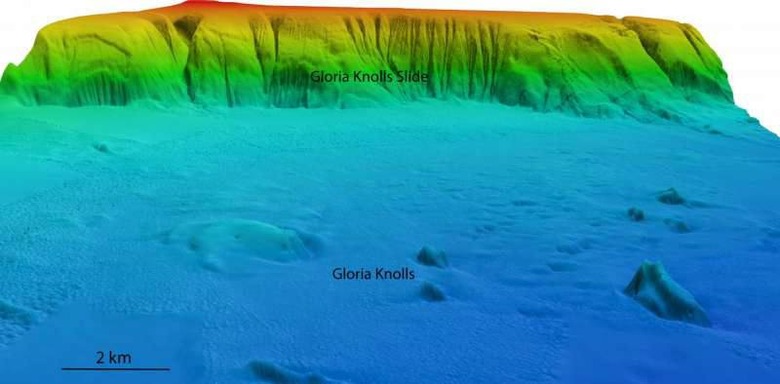Researchers Discover Ancient Undersea Landslide Near Australia
Researchers have discovered a huge undersea landslide located on the Great Barrier Reef, one said to have formed about 300,000 years ago. The region has been dubbed the Gloria Knolls Slide, and it is said to be about 47 miles from Queensland, Australia. The slip was formed by a large scale collapse of sediment in the region, something to the tune of 32 cubic kilometers' worth.
The landslide was discovered by researchers with James Cook University, who say the site is about 30 times bigger than Uluru. The event would have been a great one back when it happened, and the debris field around the slide shows that — it spans about 30 kilometers around the landslide itself, and includes both small and large blocks.

The researchers got their first indication of the slide's existence via the discovery of multiple knolls in an area that was previously believed to be fairly flat. These knolls, in some cases, were quite large at about a mile in length and up to 328 yards in height. Careful work at mapping the region revealed the slide's existence.
The image above shows the slide, with the red portion representing the most shallow areas and the blue portion representing the deepest areas. The region has also turned out to be a hotspot for old fossil corals, with one sample, for example, turning up fossil corals dating back about 302k years. The landslide likely triggered a large tsunami, but one that would have been tempered by coral reefs.
What triggered the landslide in the first place appears to still be a mystery.
SOURCE: Phys.org
